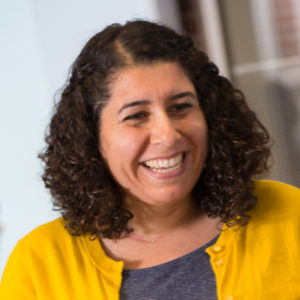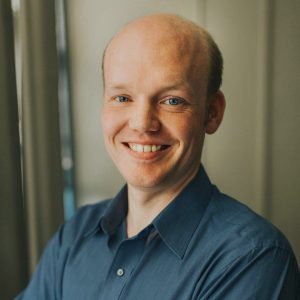Researchers Study Flipped Instruction in Mathematics
Story Contact(s):
Cailin Riley, rileyci@umsystem.edu
Original MU News Bureau news release

COLUMBIA, Mo. – The practice of “flipped instruction,” in which teachers send students home with lectures and videos and then use class time for problem-solving and discussion, is becoming more popular because it allows for flexibility in class and uses widespread technology resources. However, little evidence exists on the benefits of using flipped instruction with technology.
Now, a University of Missouri College of Education team of researchers has received a nearly $450,000 grant from the National Science Foundation to explore how flipped instruction varies in Missouri algebra classrooms and discover what tactics help students learn math best.
“Flipped instruction is becoming more popular because technology is allowing it to become more widely available,” said Zandra de Araujo, assistant professor of mathematics education in the MU College of Education, and principal investigator of the study. “Ten years ago, most children in the classroom didn’t have access to internet connections or uploaded videos in the classroom. But now, our society has become so technologically advanced that most people are consistently video-ready.”

The team’s findings could help yield recommendations on what flipped instruction tactics work best for students and inspire the development of curricular materials designed to help with flipped algebra lessons. The team also says they are surveying students to see how they access video technology available to them at home and how teachers accommodate students without home internet access in an effort to make sure every student has the resources they need to succeed.
“Teachers have told us they don’t flip because it’s easier,” said Samuel Otten, assistant professor of mathematics education and Lois Knowles Faculty Fellow. “Actually, they say it is harder to flip because of the prep it takes to have videos ready. However, they want to try it because they believe it can help students learn material better and gives them more time to interact with students in the classroom.”


De Araujo and Otten are working with co-investigators Ze Wang, associate professor in the Department of Educational, School andCounseling Psychology; and James Tarr, professor of mathematics education and chair of the Department of Learning, Teaching and Curriculum. The team will spend two years visiting teachers and collecting data, with an additional year for analysis.
This study is funded by the National Science Foundation’s discovery research division for pre-K through high school. The NSF funds special projects and exploratory work for STEM use that has the potential to solve real-world problems that educators face. De Araujo and the research team are seeking Missouri algebra teachers to participate in this study. A summary of the study and the researchers’ work, along with a survey for teachers interested in participating in the study, can be found at flippedmathstudy.net.